To keep healthy and happy koi, you need to have a good knowledge of koi fish medications to treat your sick fish. Use medications to treat the pond preemptively or to treat fish if they happen to fall sick. The issue with newer pond owners is they may not know where to start when looking for a medication to treat their koi.
Some koi fish medications are effective against a wide variety of issues, while others may only treat a minimal number of symptoms. Some medicines can also be effective to preemptively fight against any bacteria, parasites, or fungi so that they don’t cause your fish to fall ill in the first place.
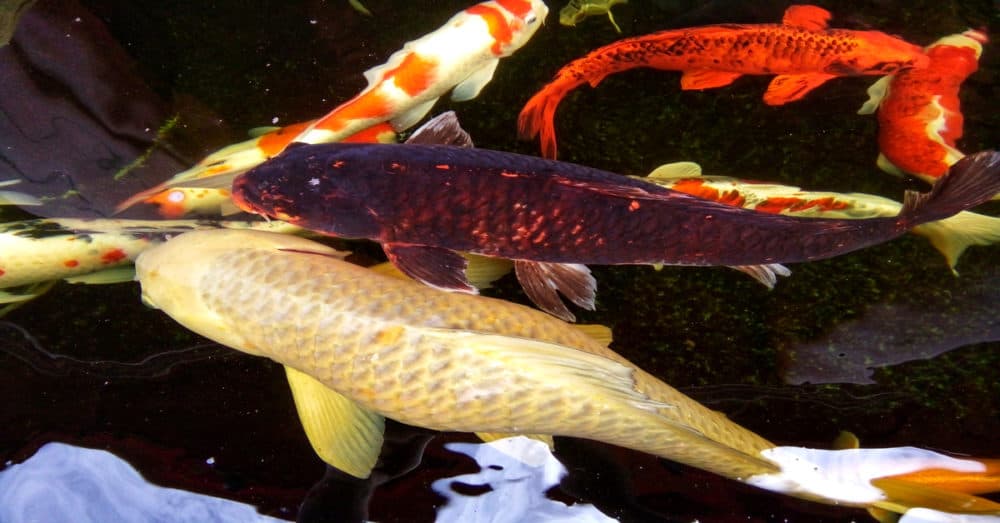
When using medications for your koi, there are a few things you should consider. Whenever you add medication, it’s a good idea to turn off your UV or Ozone generator, as they can break down the medications before they can take effect.
If you don’t want or need to treat all of your fish, you can use a small tank as a hospital or quarantine tank for your fish first aid. Lastly, when using any koi fish medication, be sure to know the exact pond gallonage, correctly measure all dosages, and wear protective equipment such as latex gloves and a mask.
In this article, you’ll find a breakdown of the essential medications you’ll come across as a pond hobbyist. The medications are grouped in the order of Anti-Parasites, Antibacterials, Anti-Fungal, and finally Broad Spectrum treatment. This article gives a brief overview of each medicine, but always read the medication packaging for the full details and dosage instructions.
There are a few tell-tale signs of parasites in koi. They include:
To verify if your koi have parasites, you can take a scraping of the skin and look at the scraping under a microscope. In some cases, you can see parasites with the naked eye.

Parazoryne is a plant-based, all-natural product that is non-toxic to both animals and humans. Parazoryne boosts the koi immune system to get rid of parasites naturally. You should note that some parasites will still be present after treatment which is the natural state of koi. The purpose of this product is simply to bring the parasites back to a manageable level.
Parazoryne is effective against White Spot, Costa, Flukes, Trichodina, Oodinium, Chilodonella.
Praziquantel fights specifically against skin and gill flukes. It is a white powder used to treat both ponds and aquariums. It is also safe to use with plants.
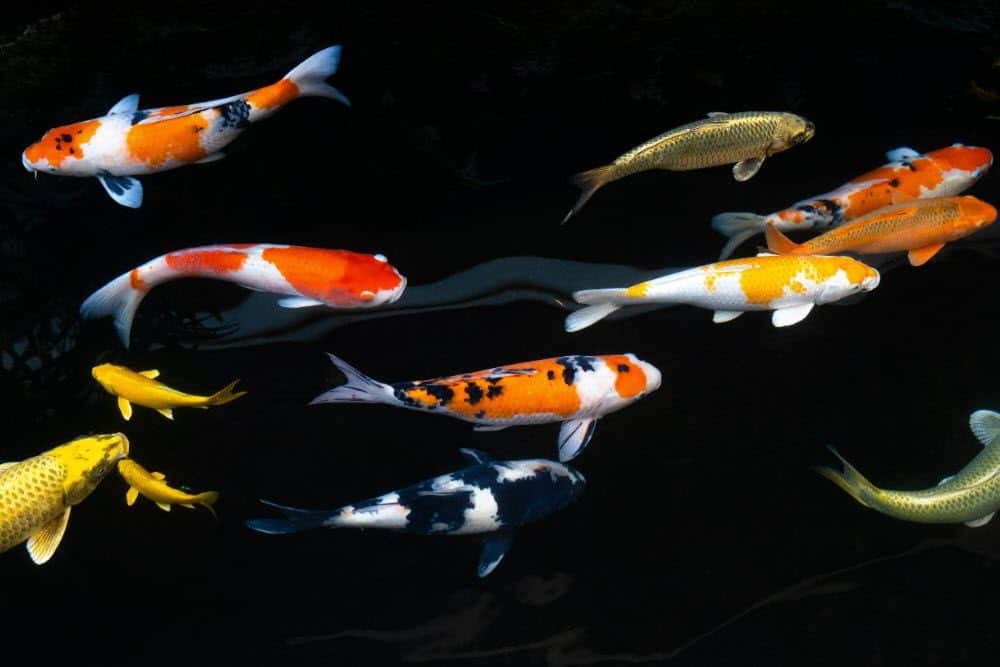
If the parasites on your koi are big enough that you can see them with the naked eye, it is possible to remove them physically. A tool such as needle-nose tweezers can help you remove visible parasites. Anchor Worm, Fish Lice, and Leeches are all easily visible to the naked eye. These parasites are safe to remove if done so carefully.
Some signs that your koi have a bacterial infection are not eating, clamped fins, fish swimming off alone, lethargy, gaping near the water surface, fish sitting at the bottom of the pond, red streaks in the fins, hanging near the surface or water features.
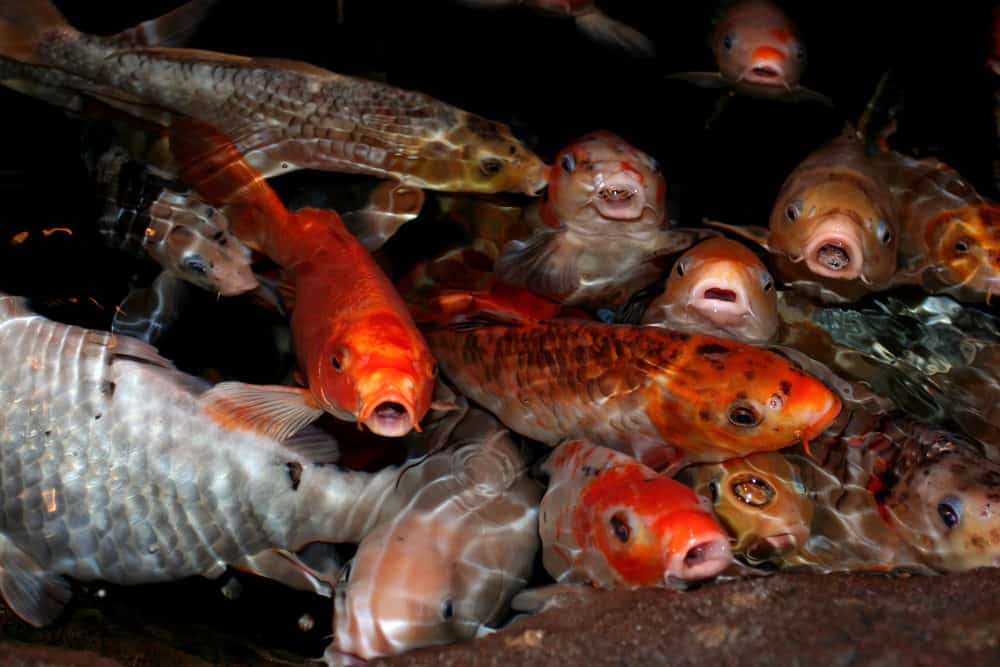
Like the Parazoryne mentioned above, Sabbactisun is a plant-based, all-natural treatment that is safe to use and non-toxic to both animals and plants. It works by stimulating the koi’s natural immune system to fight off bacterial infection. Since it only stimulates the immune system, it does not affect nitrifying bacteria.
Sabbactisun is best used against Bacterial Dropsy, Milky skin, fin, tail rot, bulging eyes, mouth rot, and raised scales. It is also effective as an anti-fungal.
Melafix is an antibacterial that is best for treating ponds. The medication comes from the leaves of the “Melaleuca” tree. This extract has been extensively studied and proven to have impressive healing properties. Not only does it work as an antibacterial, but it also promotes rapid repair of open wounds.
The best use for Melafix is for fin and tail rot, eye cloud, mouth fungus, and open wounds.
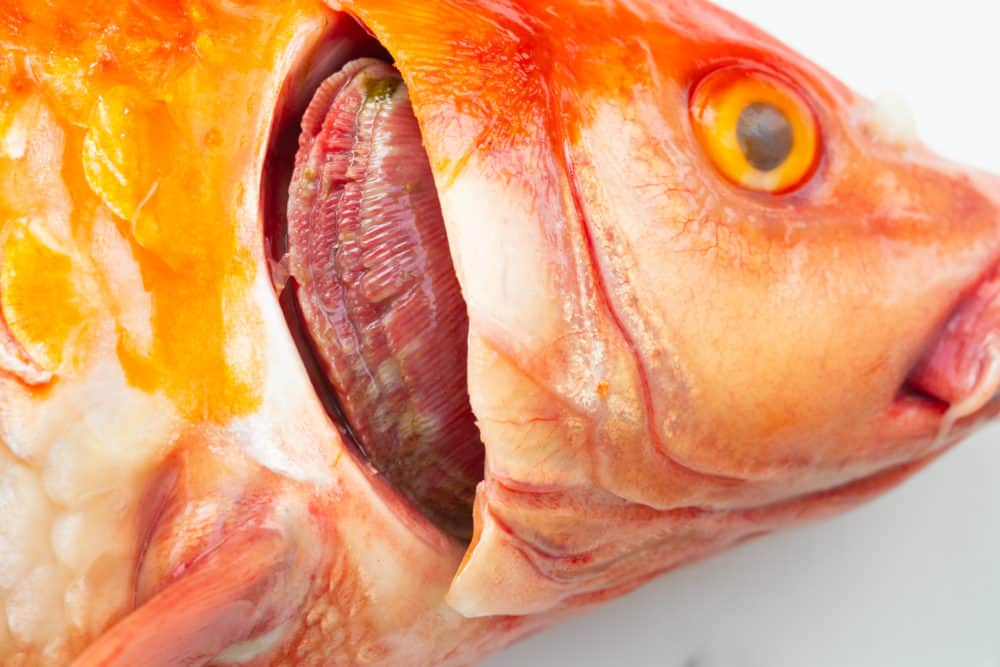
Tricide Neo is an antibacterial dip that treats fin and mouth rot. It also heals ulcers and skin lesions. It is used by isolating a koi in a solution for a few minutes every day.
WipeOut primarily treats gill diseases. It is best used to treat Dropsy, Pop Eye, Septicemia, and Fin Rot. It is a powder that can be either added to your pond or a “hospital tank.” However, if you add it to your tank, it is advised to remove your filter medium first.
Knockout is a perfect part of your pond maintenance to keep your fish healthy. It works best as a preventative treatment against single-celled parasites, ich, and fungal infections. Unlike many other medications on this list, you don’t need to remove your filters when using KnockOut.
When using it as a part of regular maintenance, use KnockOut whenever you add new fish, cleaning out your pond, starting up your pond in the spring, or when fish are stressed.
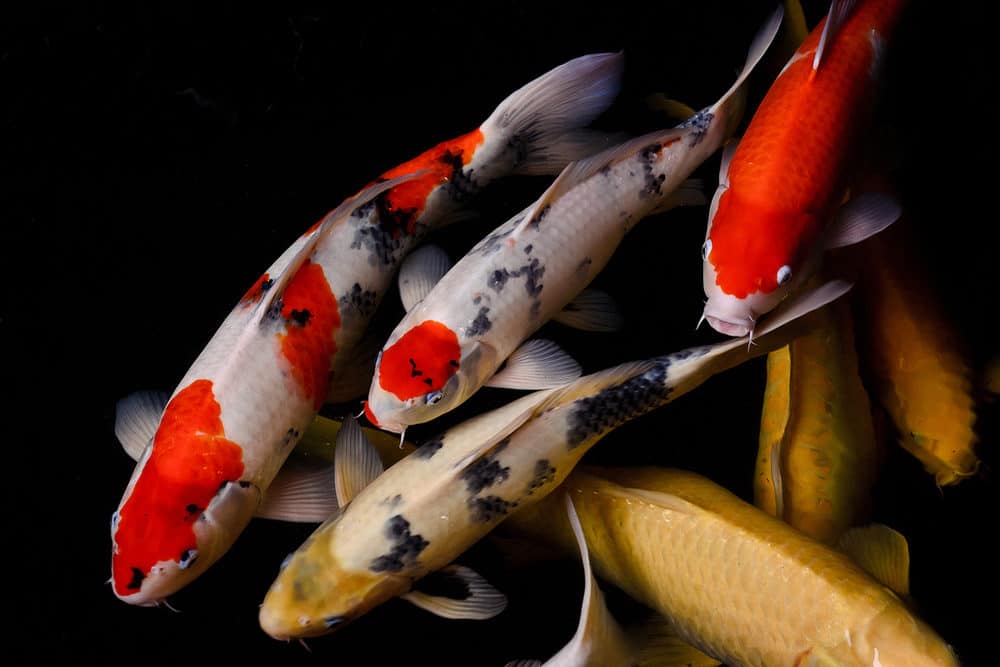
Various factors can cause fungal infections, such as pond quality fish health and nutrient levels in the water. Some common signs that your fish have a fungal infection include mold-like growths, lethargy, skin ulcers, loss of appetite, gasping at the surface, dull colors, erratic swimming, and avoiding other fish.
Unless all of your fish are sick, it’s better to treat singular fish in a hospital tank when treating fungal infections.
Pimafix is derived from the West Indian Bay Tree. This all-natural anti-fungal is best for treating cottony growth, mouth and body fungus, and reddening in the fins and body. Additionally, Pimafix can be used to treat bacterial infections. With Pimafix, you don’t need to remove the filter before administering.
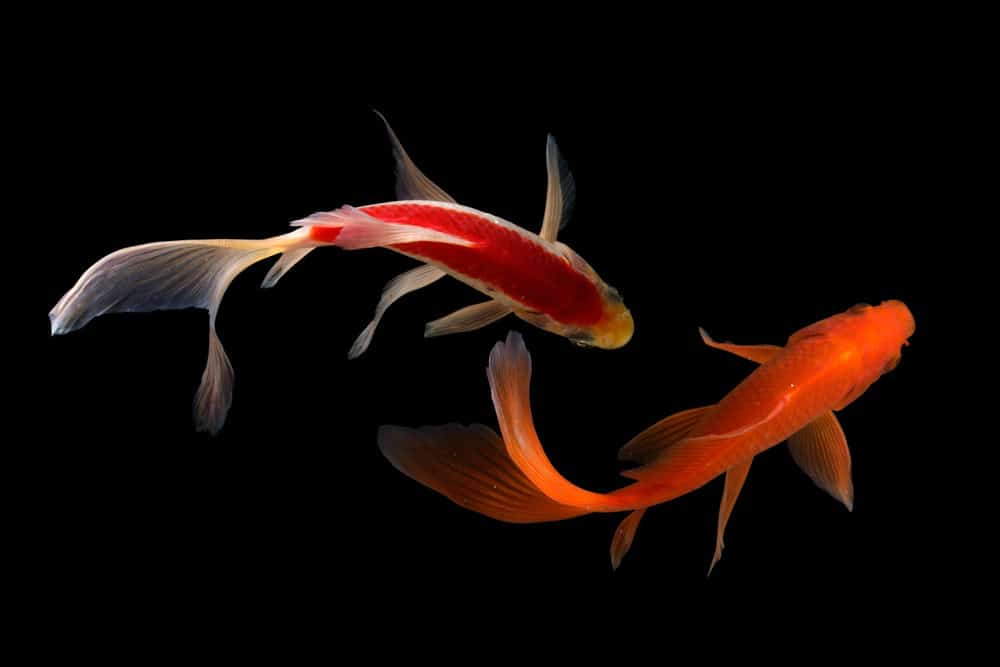
Raising the salinity in your pond can naturally kill off fungus in a way that doesn’t require medication. You should increase salinity slowly so as not to harm your fish. Ideally, you’re looking to raise the salinity by 0.1 to 0.3%. If you have cotton mold, you may need to increase the salinity by as much as 2.5%.
Broad Spectrum antibiotic medications are suitable for preventative care and if you’re not entirely sure what koi disease you are working with. Conditions can also often occur together, such as a fungal infection occurring alongside a bacterium infection. In these cases, your koi may show a wider variety of symptoms than a single disorder.
Broad Spectrum medications are an excellent option to treat a more comprehensive range of symptoms at once that you cannot treat with a more specific koi fish medication.
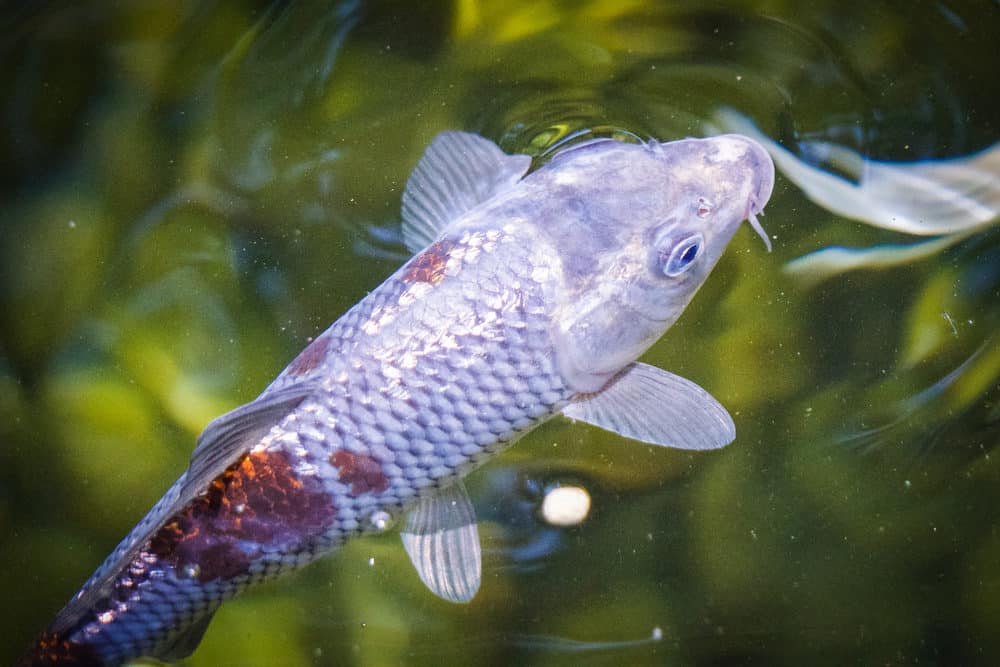
Potassium Permanganate is highly effective against a wide range of parasites, bacteria, and fungus. It needs to be used with extreme care, however, due to its potency. Although koi can tolerate it quite well, it is toxic to pond plants and other fish.
It can be used both as a dip and as a pond treatment. It will turn your pond pink while in use. After treatment, it is crucial to follow with a treatment of hydrogen peroxide to clear the water and stop the effect of the potassium permanganate.



